Newbie....help
tseren
18 years ago
Related Stories

SELLING YOUR HOUSEHelp for Selling Your Home Faster — and Maybe for More
Prep your home properly before you put it on the market. Learn what tasks are worth the money and the best pros for the jobs
Full Story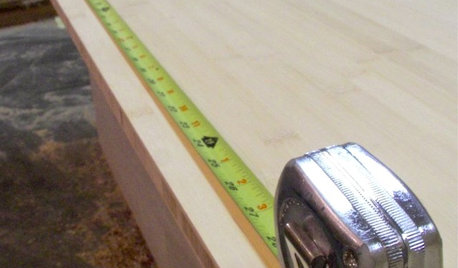
WOODWORKING7 Must-Have Measuring Tools for Woodworking
Whether you're a newbie DIYer or building cabinets from scratch, using the right woodshop tools makes all the difference
Full Story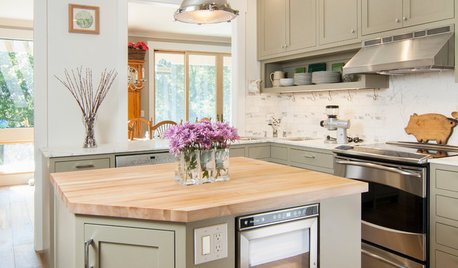
REMODELING GUIDESWhat It’s Really Like to Live Through a Remodel
We offer a few tips for remodeling newbies on what to expect and how to survive the process
Full Story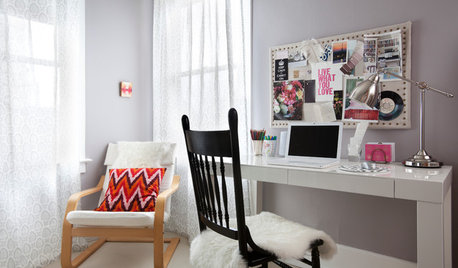
WORKING WITH PROS10 Things Decorators Want You to Know About What They Do
They do more than pick pretty colors. Here's what decorators can do for you — and how you can help them
Full Story
DECORATING GUIDESDecorating 101: Do It Yourself or Hire a Pro?
Learn the advantages and disadvantages of decorating alone and bringing in skilled help
Full Story
DECORATING GUIDESA Beginner’s Guide to Getting Wallpaper Right
Follow these experts’ wallcovering ideas and tips to help ensure a successful outcome
Full Story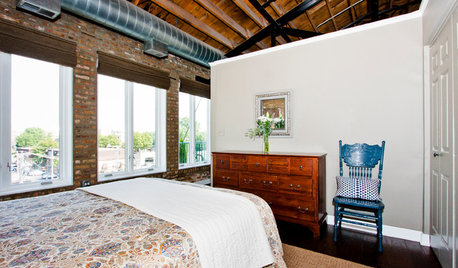
SMALL HOMESHouzz Tour: An Illinois Loft Sparks Renovation Fever
Home improvement newbies (and newlyweds) find joy and a new income source while redoing their space themselves
Full Story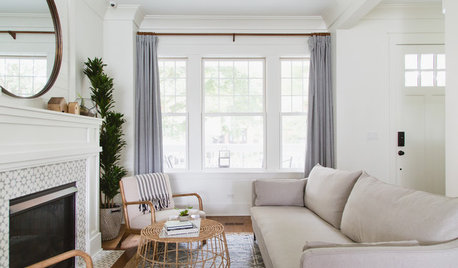
TRANSITIONAL HOMESMy Houzz: Calm, Crisp Neutrals in a Renovated 1887 Chicago House
Dreamy whites, warm wood accents and classic finishes help make this couple’s first home a relaxing retreat
Full Story
KITCHEN APPLIANCESFind the Right Oven Arrangement for Your Kitchen
Have all the options for ovens, with or without cooktops and drawers, left you steamed? This guide will help you simmer down
Full Story
LATEST NEWS FOR PROFESSIONALSDesigning a Business: When and How Do I Outsource My Work?
Design business coach Chelsea Coryell weighs in on when you may need help and what another pro can take on
Full Story





ShirleyD
mainegrower
Related Professionals
Otsego Landscape Architects & Landscape Designers · Saint Louis Park Landscape Architects & Landscape Designers · Salisbury Landscape Architects & Landscape Designers · Anderson Landscape Contractors · Waterbury Landscape Contractors · Cary Landscape Contractors · Cedar Hill Landscape Contractors · Cockeysville Landscape Contractors · Dinuba Landscape Contractors · East Hanover Landscape Contractors · Gallatin Landscape Contractors · Huntley Landscape Contractors · San Bruno Landscape Contractors · Secaucus Landscape Contractors · Southbury Landscape Contractorsmorz8 - Washington Coast
tserenOriginal Author
tserenOriginal Author
morz8 - Washington Coast
tserenOriginal Author
morz8 - Washington Coast